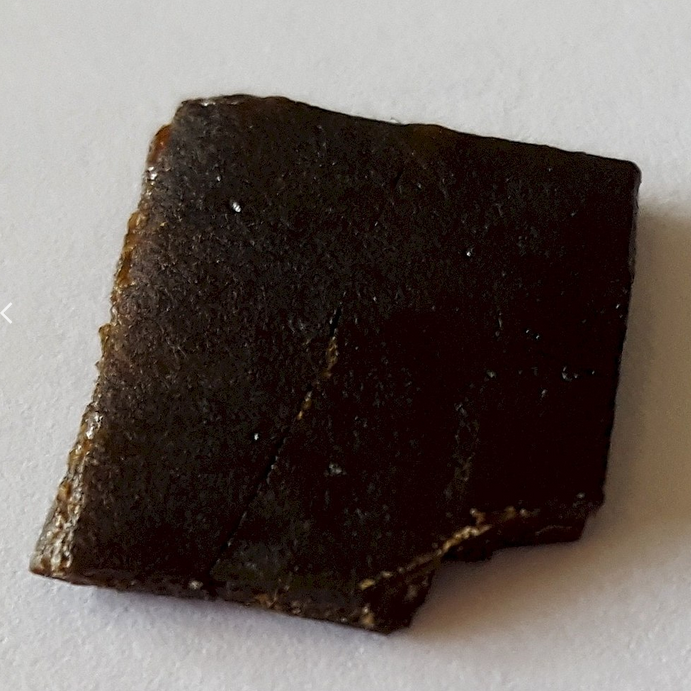|
Name: Opium, granulated
Type: Opioid
AKA: Granulated opium

|
|
II. Natural Derivative

|
|
III. Chemical Profile (IUPAC name)

|
|
IV. History
Granulated opium is a processed form of opium derived from the opium poppy. It has been used for thousands of years for its analgesic and sedative properties. Granulated opium contains several active alkaloids, including morphine and codeine, and is used in traditional medicine and some modern medical formulations. Its use is highly regulated due to the potential for abuse and dependence.

|
|
V. Legal Information
Granulated opium is regulated as a controlled substance globally due to its opioid content. In the US, it is classified as a Schedule II drug. Internationally, opium faces similar controls to prevent misuse while allowing for its use in medical settings under strict regulations.
US Federal Schedule - II
Schedule II drugs, substances, or chemicals are defined as drugs with a high potential for abuse, with use potentially leading to severe psychological or physical dependence. These drugs are also considered dangerous. Some examples of Schedule II drugs are: combination products with less than 15 milligrams of hydrocodone per dosage unit (Vicodin), cocaine, methamphetamine, methadone, hydromorphone (Dilaudid), meperidine (Demerol), oxycodone (OxyContin), fentanyl, Dexedrine, Adderall, and Ritalin.
Key US Federal Policies:
Controlled Substances Act. Public Law: Public Law 91-513 (text can be found on GovInfo) (https://www.dea.gov/drug-information/csa). Date enacted: October 27, 1970.
|
|
VI. Physical Effects
Granulated opium, a form of natural opioid, provides pain relief and sedation. As a downer, it induces significant drowsiness and respiratory depression. Short-term effects include pain relief and euphoria, while long-term use can lead to addiction and cognitive impairment. Overdose risks involve severe respiratory depression and potential fatality. Safe dosing involves careful monitoring. Recent findings emphasize its historical use and the modern challenges of addiction and misuse.  |
|
VII. Psychological Effects
Granulated opium, containing various alkaloids, affects opioid receptors to provide pain relief and euphoria. Psychological effects include altered mood and cognition. Immediate effects last several hours, with long-term use leading to dependence and severe mental health issues. Research focuses on its effectiveness, safety, and potential for abuse.
 |
|
VIII. Culture
Opium has a rich cultural history, with use dating back thousands of years in ancient Mesopotamia, Egypt, and China. It is mentioned in historical texts like the Ebers Papyrus and writings of Hippocrates. Opium played a significant role in traditional Chinese medicine and was used in various religious and cultural ceremonies. In modern culture, opium is associated with both medicinal use and recreational abuse, contributing to significant social and political conflicts, such as the Opium Wars. Its proponents include traditional medicine practitioners, while opponents highlight the dangers of addiction and abuse.
 |
